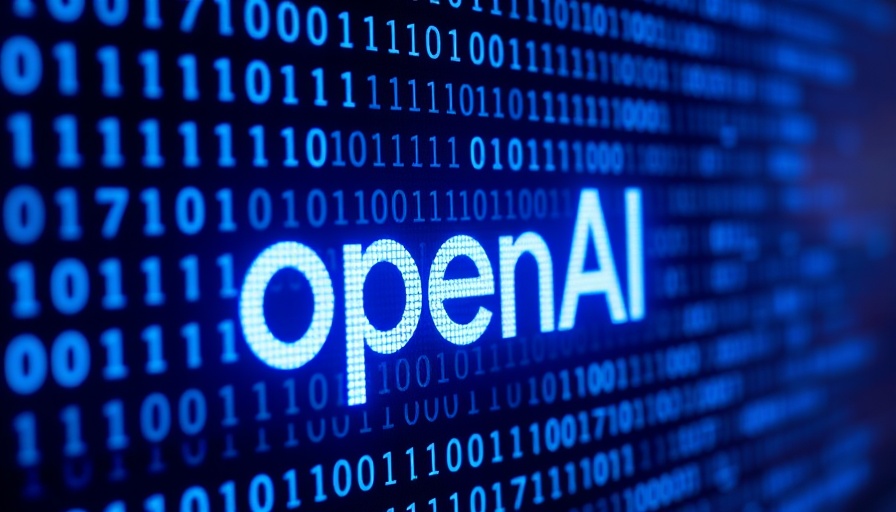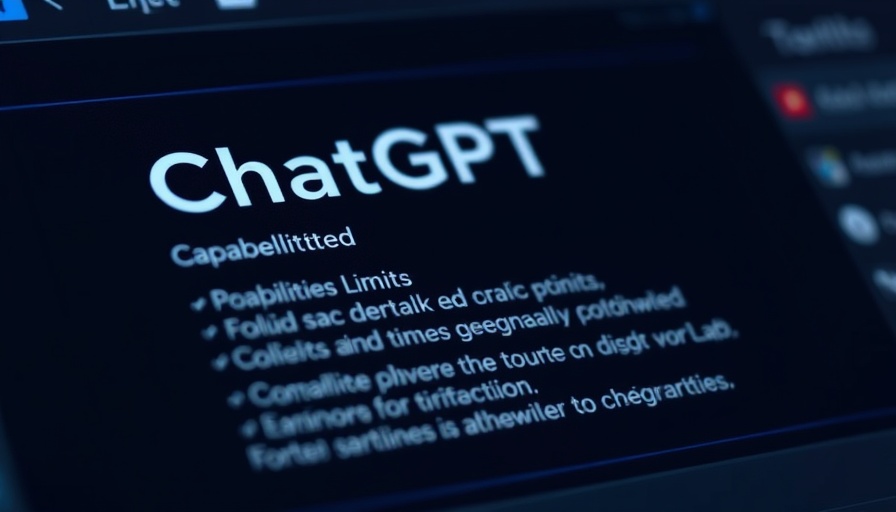
OpenAI Unveils o1-pro: A Major Leap Forward in AI Evolution
OpenAI has made waves in the tech world by launching its most expensive AI model yet: the o1-pro. Targeting developers who crave enhanced performance, this advanced model builds on its predecessor in the o1 series but at a significant financial commitment. Developers eager to utilize the o1-pro in their applications must now pay $150 per million tokens they input into the system and a staggering $600 for tokens generated by the model itself, making it twice as pricey as the previous generation, GPT-4.5.
What Makes o1-pro Stand Out?
The o1-pro model leverages increased computational power, positioning itself as a tool capable of solving more complex problems than the standard o1 model. According to a spokesperson from OpenAI, "o1-pro in the API is a version of o1 that uses more computing to think harder and provide even better answers to the hardest problems.” This advanced capability is designed to appeal to developers looking for reliable responses in their applications, such as coding, logical puzzles, and advanced reasoning tasks.
Performance Insights: A Mixed Bag
Despite the lofty expectations, early reviews of the o1-pro have been a mixed bag. Users reported some limitations, such as the model's struggles with simple tasks like solving Sudoku puzzles and misinterpreting optical illusions. Moreover, internal benchmarks initially suggested that the performance of o1-pro was only marginally better than that achieved with the original o1 on math and coding-related problems. It is noteworthy that while the reliability in handling these tasks was improved, the questions posed about its overall effectiveness remain relevant, especially given the significant cost differential.
The Future of AI Spending: A Costly Adventure?
The launch of o1-pro raises important questions about the future of AI development and pricing strategies. At a steep cost, can OpenAI persuade developers to adjust their budgets to accommodate this new model? As companies increasingly rely on AI technologies for various applications, from customer service automation to complex data analysis, will they feel compelled to invest in what may be perceived as an elite, albeit pricey, tool?
Comparative Analysis: The AI Landscape
In the broader context of AI development, o1-pro's pricing strategy prompts a comparison with other players in the AI field. Competitors like Anthropic and DeepMind are also innovating rapidly, providing stable alternatives at potentially lower costs. This competitive landscape adds pressure on OpenAI to refine their models continuously and provide clear value justifying their pricing to developers and businesses.
Developer Community Response: Value Benchmarks
The introduction of o1-pro has sparked a lively discussion in developer circles about its actual value versus its cost. Are the performance enhancements substantial enough to merit the higher price? Early adopters speak of improved response reliability but express concerns about whether those gains offset the financial impact. Developers are reminded that investing in more expensive tools should ultimately improve productivity and output quality.
Making Informed Decisions: Analyzing AI Investments
For developers contemplating the jump to o1-pro, it’s essential to weigh the potential benefits against costs carefully. Among the questions to consider: Will the improved reliability lead to enhanced user satisfaction or workflow efficiency? Will an investment in o1-pro reduce long-term costs by increasing productivity? Decisions here could redefine how businesses view the return on investment in large-scale AI deployments.
As OpenAI solidifies its position in the AI market with o1-pro, the implications of its pricing and performance will continue to reverberate through development communities. They must keep a close eye on not only their own learning curves but also alternative models presented by emerging competitors in this rapidly changing landscape.
 Add Row
Add Row  Add
Add 




 Add Row
Add Row  Add
Add 

Write A Comment